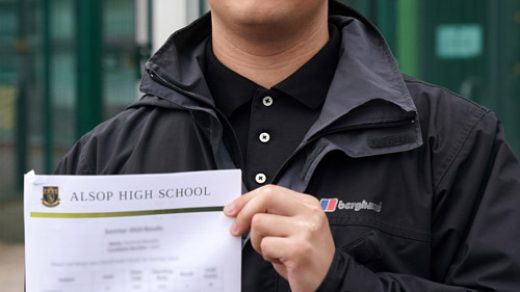Overcrowding putting schools at risk of breaking point

By Josie Timms
Almost one in five schools across England does not have enough space for its pupils, according to a Labour party study.
The study, conducted in response to a Freedom of Information requests to local authorities, found 18% of schools were over capacity, with a further 9% at full capacity. Labour has argued that this is partly due to the coalition policy of diverting money to new free schools, even though a number of these have been opened in areas with little demand.
The study also found that 78% of English local authorities said that they would need primary school places to be increased again by September 2017, adding further pressure.
This information comes in the week when parents are expected to finalise their children’s primary school applications. Parents with children due to start school in September must complete the application process by Thursday, with children being allocated places by mid-April.
The FoI exercise received answers from 124 local authorities. 24 did not respond or sent unusable answers, and the study notes some responses might not have included data for free schools or academies. Overall, out of the 13,063 local authorities involved 2,289 primary schools were found to be over capacity.
The Local Government Association states it wants the government to pay for the cost of creating places for the 900,000 new pupils it expects to see in schools across England over the next decade, which could run up a bill of £12bn.
The association also fears this demand for spaces could eventually push schools to breaking point, leaving them no more space or money to extend the schools.
Many primary schools across the country have already gone to extreme lengths to provide space for all their pupils. One school in Northumberland has converted an old double decker bus into teaching space, while another school in Barking has eight portable classrooms, which has taken up a car park and playground space.




